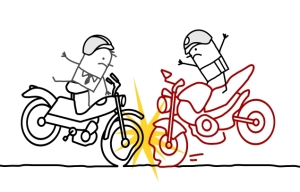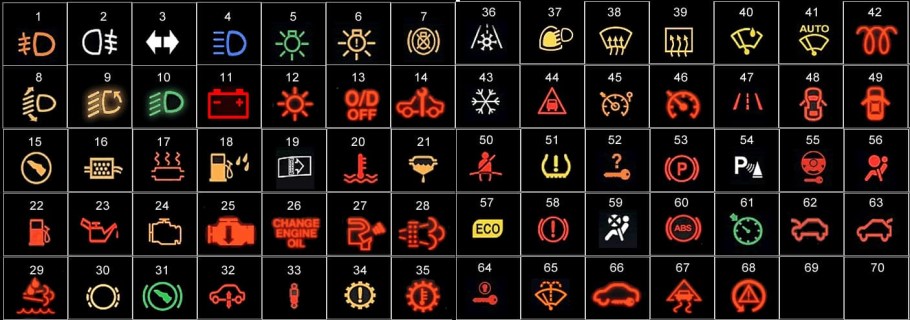
Corrigan later renamed these three stages as “awareness,” “agreement,” and “application,” adding that “harm” occurs only when the person applies the stigma to oneself (2012). However, they differ by the fact that public stigma describes “the phenomenon of large groups endorsing stereotypes about and acting against a stigmatized group,” while self-stigma refers to “the loss of self-esteem and self-efficacy that occurs when people internalize the public stigma”. In Corrigan’s view (2005), public stigma and self-stigma share the same cognitive levels of stereotype, prejudice, and discrimination. Stigmatization against people suffering from mental illness is a widespread phenomenon with deleterious effects on at least two important dimensions: public stigma and self-stigma. Stigma refers to a negative evaluation of a person based on an attribute viewed as different from the norm and can be applied towards individuals from varying backgrounds including race, nation, religion, gender, sexual orientation, psychical characteristics, or health conditions. In 1963, Goffman originally defined stigma as an “attribute that is deeply discrediting” and reduces the stigmatized individual from a “whole and usual person to a tainted, discounted one”. The development and validation of the PaSS-24 represent a first step towards implementing and evaluating programs aimed at reducing negative consequences of self-stigma. The PaSS-24 is a short but psychometrically rigorous tool designed to measure self-stigma and related constructs in French language, developed in collaboration with users. Internal consistency, test–retest reliability, and convergent validity estimates were also good. The PaSS-24 demonstrated good internal validity. Internal consistency, test–retest reliability, and convergent validity were also evaluated. This structure was cross-validated on an independent sample. The Paradox of Self-Stigma scale (PaSS-24) containing 24 items and three subscores (stereotype endorsement, non-disclosure, and righteous anger) resulted from a calibration phase using factor analysis. Using focus groups with mental health professionals and people living with mental illness, 72 items were developed to measure various aspects of self-stigma. This process was conducted in collaboration with users. The aim of this study was to develop and validate a brief tool to measure stereotype endorsement, righteous anger, and non-disclosure across different groups of stigmatized persons.

Paradoxically, it can also lead to the empowering reactions of righteous anger and coming out proud.

This latter phenomenon has well-documented deleterious consequences for people living with mental illness. Exposure to public stigma can lead to stereotype endorsement and resignation, which are constructs related to self-stigma.


 0 kommentar(er)
0 kommentar(er)
